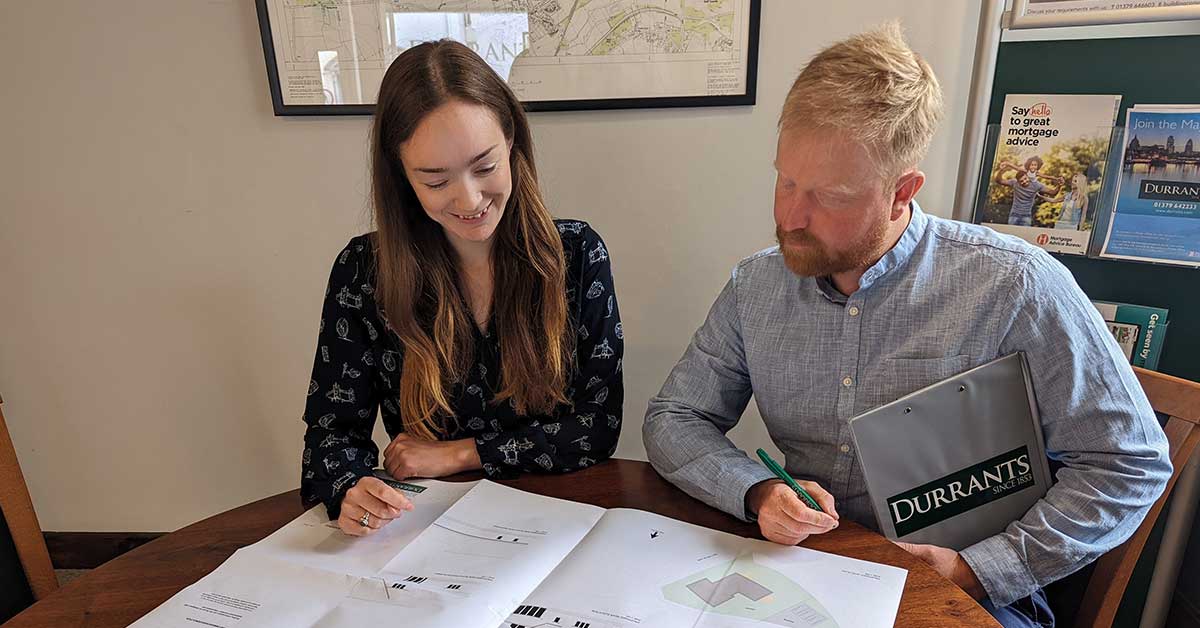
This year’s Rural Housing Week seeks to highlight the role of housing associations (who deliver and manage affordable housing) in achieving ‘levelling up’ in rural areas. The provision of more affordable housing in rural areas is seen by many experts as key to reducing poverty in the countryside.
Despite its beauty and desirability, rural Britain faces unique economic and social challenges. Homelessness, poverty, an ageing population, low incomes and unaffordable housing are among some of the hidden issues facing our countryside.
For example, rural homelessness has risen by 115% in the past two years, with 20,000 homeless families in England, but the real figure is likely to be much higher. Similarly, more than 40% of households in rural Wales live in fuel poverty, compared with 22% in urban areas.
One of the aims of Rural Housing Week is to raise awareness of these challenges, and to highlight the benefits that affordable housing can bring to everyone living and working in the countryside.
Changing perceptions is an important part of this aim. Misconceptions about affordable housing mean that some communities do not welcome developments to their area, fearing antisocial neighbours or a dip in their property value.
To do our bit, we’ve set out some of the common myths about affordable housing below and tried to give an honest answer on whether they are myth or fact, or indeed, a bit of both.
1. Affordable housing isn’t even affordable. Mostly myth.
Affordable housing is an umbrella term that covers lots of different types of housing, which can get confusing. The most common are social rented, affordable rented and shared ownership. Rents are set as a percentage of open market values, and social rented is cheaper than affordable rent, which can be up to 80% of market value. Shared ownership is a method of home purchase whereby the housing association sells the purchaser between 25% and 75% of the property. The purchaser then pays rent on the remaining share, often with the option of buying more equity over time. So in conclusion, ‘affordable’ is a relative term, but affordable housing is certainly much cheaper than market housing and is aimed at those who cannot afford to buy or rent at market value.
2. It will lower the tone of the area and impact property values. Myth.
It’s important to remember that affordable housing tends to include a mix of rented and shared ownership housing, meaning your neighbours could be from a variety of backgrounds. The maximum income threshold to quality for a Shared Ownership home is £80,000, and ‘affordable rent’ (the most common type of rented tenure) is capped at 80% of market rent. This means it is much more likely that your new neighbours will be local working people, including young professionals, low income workers and elderly/retired people.
There is also no evidence that affordable housing reduces house prices – in fact, it often improves the vitality of an area and therefore enhances values.
3. Affordable housing doesn’t go to local people. Myth.
It is unusual for affordable housing to go to people out of an area, because local need is generally very high. Most parishes have a Local Lettings Plan, which prioritises local people, rather than operating a first-come-first-served approach.
The slight exception is social rented housing, which goes to those in dire need – women fleeing domestic violence, people who have been made homeless etc. It is the cheapest form of rented housing in the UK and tends to be used on a short-term basis. In most cases it will go to local people, but if someone from out of the area is in desperate need, there is a chance it could go to them.
4. Affordable housing tenants will be antisocial. Myth.
One of the great things about having affordable housing tenants as neighbours is that they rent from a Registered Provider, so if you’re having issues with a tenant, you can speak directly to their landlord and resolve the problem. Compare this to a neighbour who owns their home – your only options are to confront them directly or to escalate things to the Council or the Police.
Final thoughts
If you have land in a rural area which doesn’t meet the policy requirements for development, consider promoting it for affordable housing instead. You will still achieve an enhanced land receipt compared to its agricultural value, and help sustain a rural community at the same time.
Give our team a call to discuss your next project on 01379 642233 or email us at [email protected]



